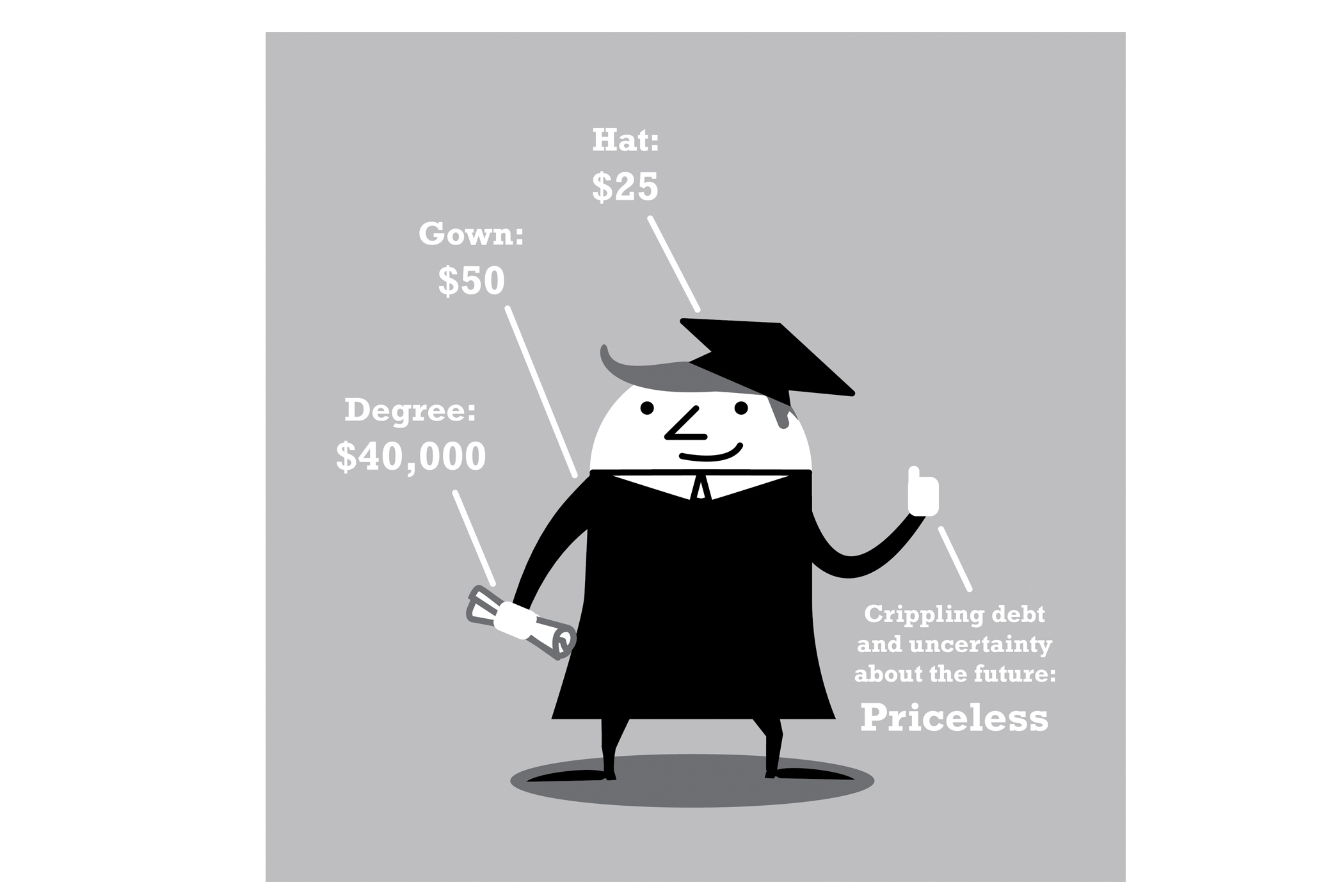With the bustle of everyday challenges, it’s easy to forget that some have it much harder. As we get on TriMet buses, streetcars and MAX trains, those less fortunate are everywhere—sitting on benches downtown, wrapped in blankets under doorways, maybe even asking for some change outside a coffee house. Many people choose to look the other way.
Improving on charity
With the bustle of everyday challenges, it’s easy to forget that some have it much harder. As we get on TriMet buses, streetcars and MAX trains, those less fortunate are everywhere—sitting on benches downtown, wrapped in blankets under doorways, maybe even asking for some change outside a coffee house. Many people choose to look the other way.
One person who doesn’t ignore them is Joy Cartier, assistant director of p:ear. Along with Beth Burns and Pippa Arend, Cartier developed p:ear, an acronym that means project, education, art and recreation for homeless youth.
The three friends initially met at the Salvation Army Greenhouse Alternative Learning Center. But when the
agency debunked, they decided to get together and see what they could do on their own.
What they did was a whole lot. p:ear, located in downtown Portland, seems to have productivity spilling out of its windows. The programs offered at p:ear include everything from photography, studying for the GED exam, acrylics, music and cooking.
“The programs we offer take kids out of the urban context and into a more natural setting,” Cartier said.
Youth can come in and practice with instruments or art supplies on their own, and they have the opportunity to learn about various art forms from skilled volunteers.
One crucial art offered is the food program. Cartier said it began by thinking about food in social programs differently.
“We were kind of appalled at the food being served by social services,” Cartier said. “Trust me, I’ve served plenty. I knew that if I had to serve one more Beanie Weenie or Potato Poofy, I was going to lose it.”
Because of the significance of healthy eating, the three women of p:ear decided to take a different approach at the usual food offered to the homeless.
“We wanted to serve the kind of food we wanted to eat,” said Cartier. “So we asked restaurants we went to if they were willing to donate one hot meal a month.”
And many agreed. Some restaurants that participate are Dot’s Café, Dragonfish Asian Café, Old Wives Tales, Pazzo Ristorante, Park Kitchen, and Vita Café, in addition to many others.
But the weekly meals given are not the only way homeless youth can eat a substantial and nutritious dinner: The members of p:ear are always encouraged to learn how to cook. Several instructors from both the Oregon Culinary Institute and the Western Culinary Institute come in and offer their teachings in a fun, relaxed setting that’s more like cooking with your family than an actual class.
“It’s not like every Thursday, you come in and learn how to cook a meal,” Cartier said. “It’s more like ‘hey! We’re makin’ dinner here! Come help us make dumplings!'”
According to p:ear’s website, pearmentor.org, this program helps over 350 homeless and transitional youth a year. Looking at this kind of number, it’s evident that the creators and all who donate time and money to p:ear are contributing to their simple, yet crucial, goal.
To become a part of p:ear, see the information below—because helping the community doesn’t have to only take place during the holidays.
p:ear
338 NW Sixth Ave.
503-228-6677
www.pearmentor.org



